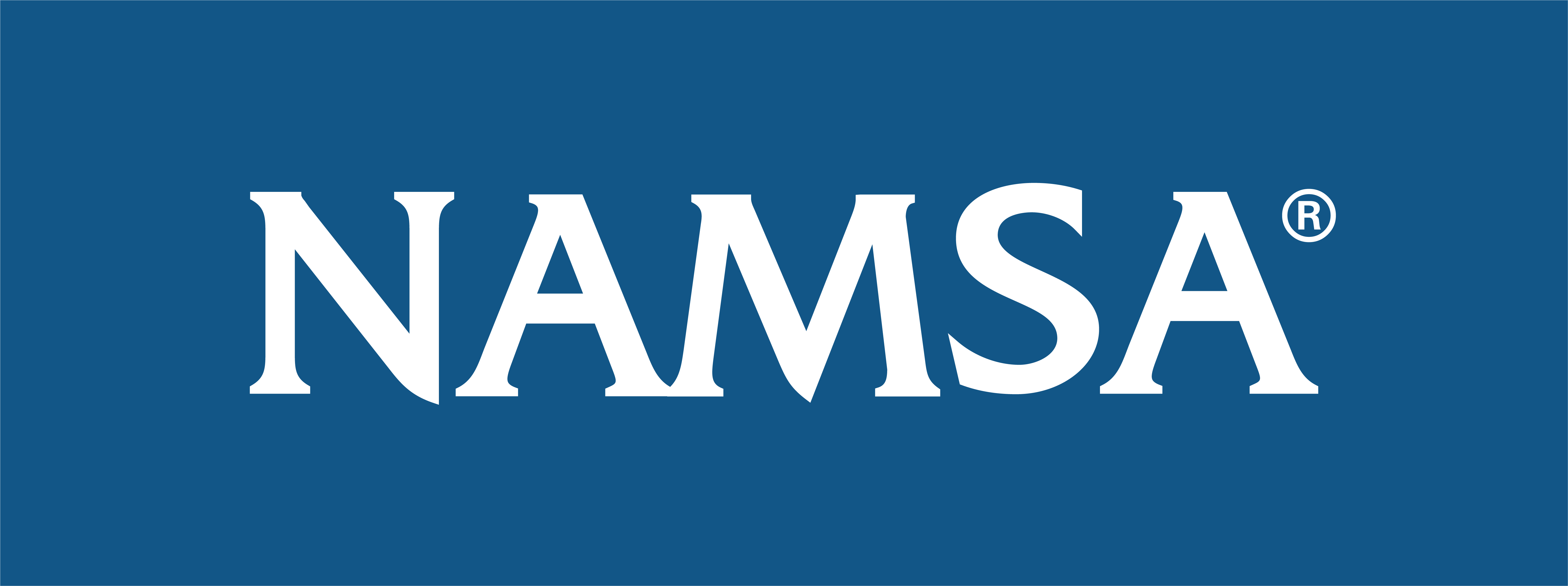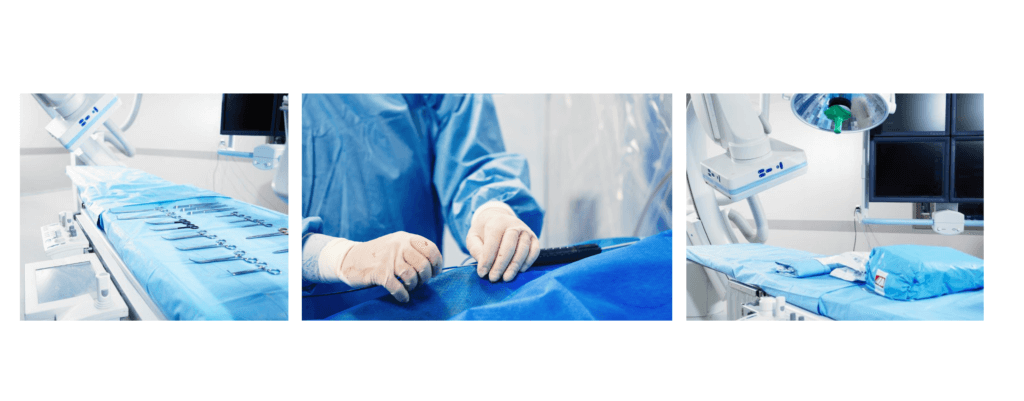A wide range of medical devices are introduced almost daily in today’s global marketplace, which is often marked with the challenge of adhering to the industry’s constantly-changing international standards and guidelines. Planning for biological safety is as much a business necessity as it is a regulatory requirement.
Any novel device must undergo assessment for biological hazards, risk characterization and toxicological risk assessment while also meeting the test requirements of varying international marketplaces and geographies.
At NAMSA, we offer a range of biological safety solutions to ensure your medical device development program is compliant, while also focusing on the most efficient means possible to complete necessary tests.
Biological Evaluation Plan
This is the first step of the biological evaluation for medical devices. This step is most often utilized for new devices not previously marketed, and may be needed for existing devices undergoing modifications. The Biological Evaluation Plan summarizes and characterizes a medical device based on the nature and duration of body contact, assesses the selection and materials of construction, reviews the manufacturing processes, identifies the biological endpoints of concern, evaluates any existing research data available and recommends and supports a strategy (plan) to address areas of remaining biological risk, which may include both chemical and biological testing.
Biological Evaluation Report
As part of a Biological Evaluation Report, NAMSA’s biological safety experts perform an overall evaluation of a device/family of devices with specific consideration to the type of patient contact and intended clinical use, potential hazards associated with the materials of construction, the history of clinical use of the materials of construction, manufacturing process information, the results of biocompatibility and chemical characterization testing performed on the device, the clinical history of the device, and other information available within literature. The biological evaluation report is prepared according to the current requirements for the biological evaluation of medical devices (i.e. ISO 10993-1, FDA Biocompatibility Guidance, ISO 14971) using a risk management-inspired structure as outlined below.
- Risk analysis, including a review of raw materials data (at a minimum), manufacturing process/es and when available, non-clinical studies, clinical data and post-market surveillance data
- Risk evaluation (i.e., discussion based on gathered information to determine whether or not risk control measures [complementary tests] are necessary)
- Risk control (i.e., testing plan, including chemical characterization and/or biological tests to mitigate identified/remaining biological risks not appropriately addressed)
- Overall risk assessment (i.e., after implementation of risk control measures, when required, to determine whether implemented measures are sufficient to mitigate risks or whether any new risks are raised and further investigations are necessary)
- Re-assessment of risk (in the case of device changes)
- Conclusion
Toxicological Risk Assessment
This assessment evaluates the toxicity of individual chemical ingredients of the formulation used to manufacture a particular medical device. The assessment typically includes tests for chemical composition, extractables and/or leachables, and evaluation of any degradable or leachable materials to determine patient biological risk. This assessment is often a component of a Biological Evaluation Report where analytical chemistry testing is performed.
Equivalency Assessment
NAMSA’s Equivalency Assessment evaluates the equivalency of a device to another similarly marketed product. A typical request includes equivalency regarding data and properties for clinical, technical and biological parameters, methods of use, materials as well as equivalent clinical, technical and biological properties performance.
Peer Review
NAMSA’s team of Board Certified Toxicologists (DABTs) are available to provide credibility as a third party reviewer and to vigorously critique scientific claims and research to ensure integrity of data and resultant claims.
Adverse Test Result Technical Memo
NAMSA’s technical experts can assist in delivering technical clarity of adverse results, associated implications and relevance to the known biological/toxicological endpoints relative to a specific medical device and regulatory pathway(s).
Gap Analyses
NAMSA offers comprehensive analyses detailing acceptable and deficient areas (Gap) between an existing set of data and new regulatory requirements for devices, including reports of remediation and sequence recommendations.
Training
NAMSA provides industry-leading biological safety training to the medical device industry. With over 2,000 attendees to date, our customized approach to applying ISO 10993 principles and other regulatory guidance in everyday scenarios is unrivaled within the medical device marketplace. NAMSA provides three specialty courses focused on the biological evaluation of medical devices including: biological safety specialist certification, advanced workshops on the biological evaluation process and custom workshops focused on chemical characterization.

 We also understand the criticality of complying with methods and regulations within the European Committee for Standardization (CEN), U.S. Food and Drug Administration (FDA) and other international guidelines to provide Sponsors with the most reliable, accurate outcomes in industry.
We also understand the criticality of complying with methods and regulations within the European Committee for Standardization (CEN), U.S. Food and Drug Administration (FDA) and other international guidelines to provide Sponsors with the most reliable, accurate outcomes in industry.